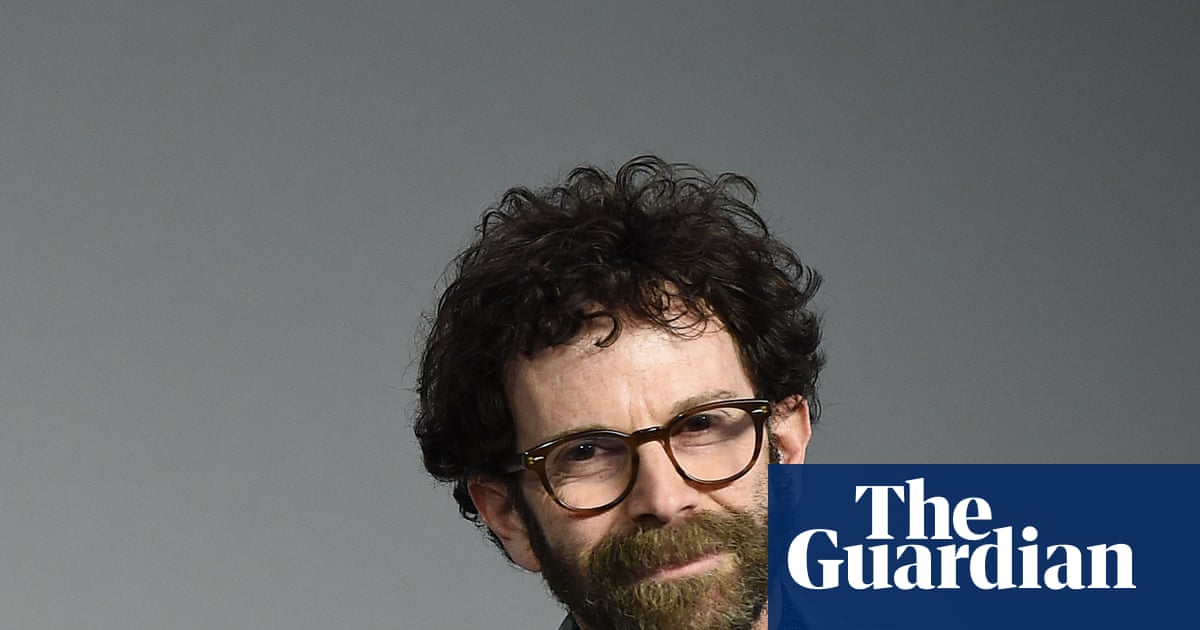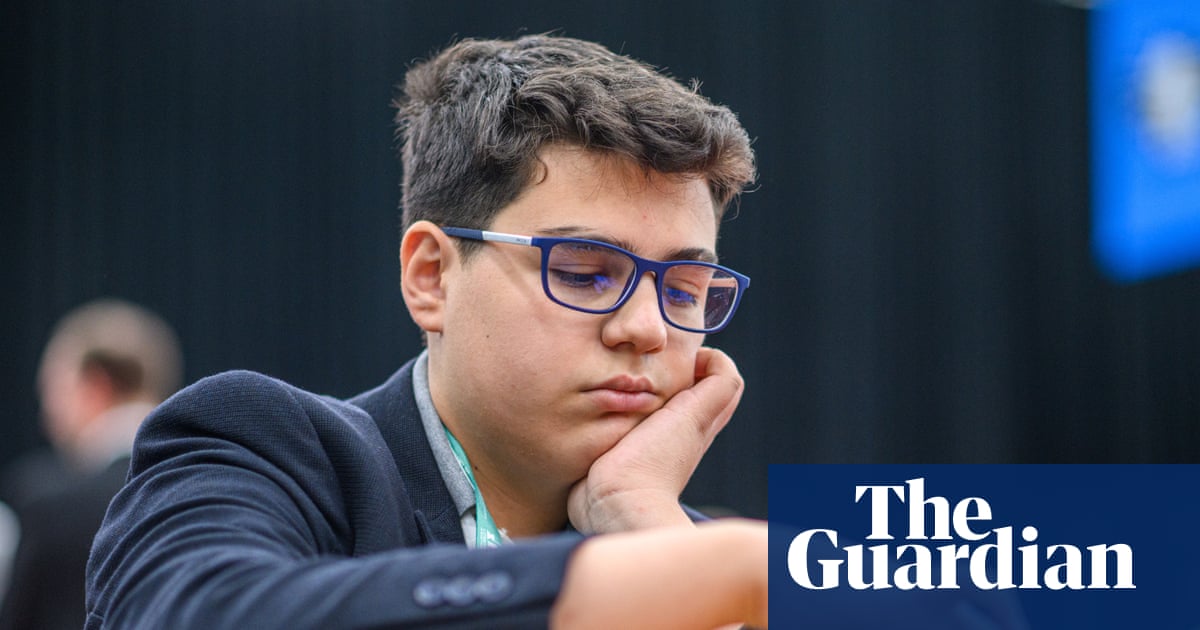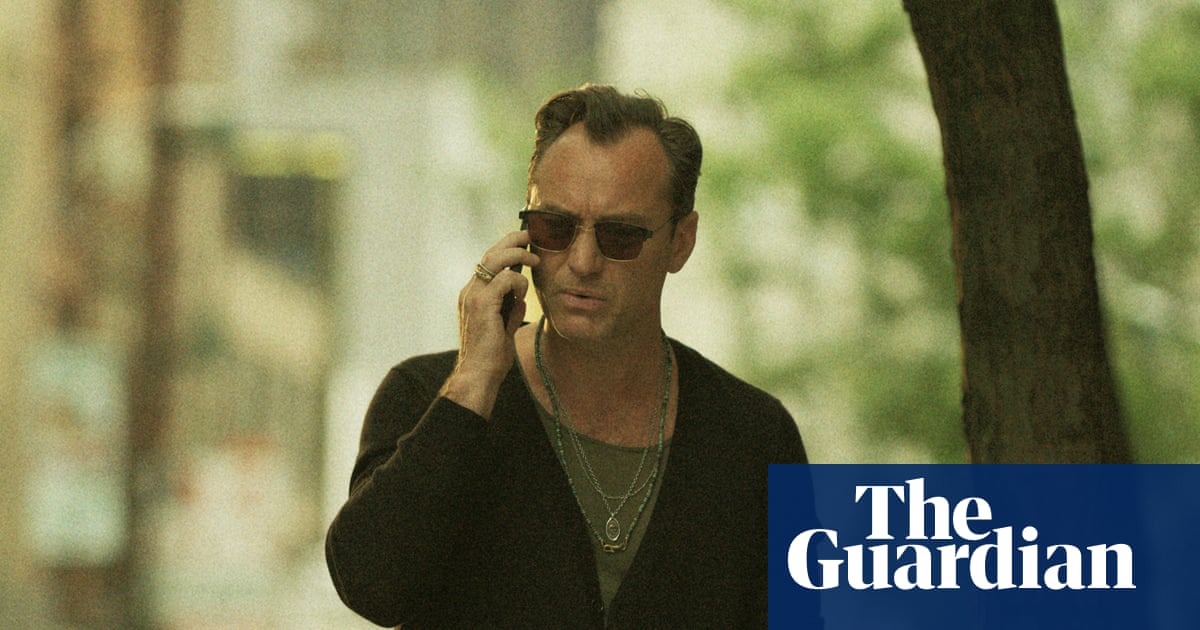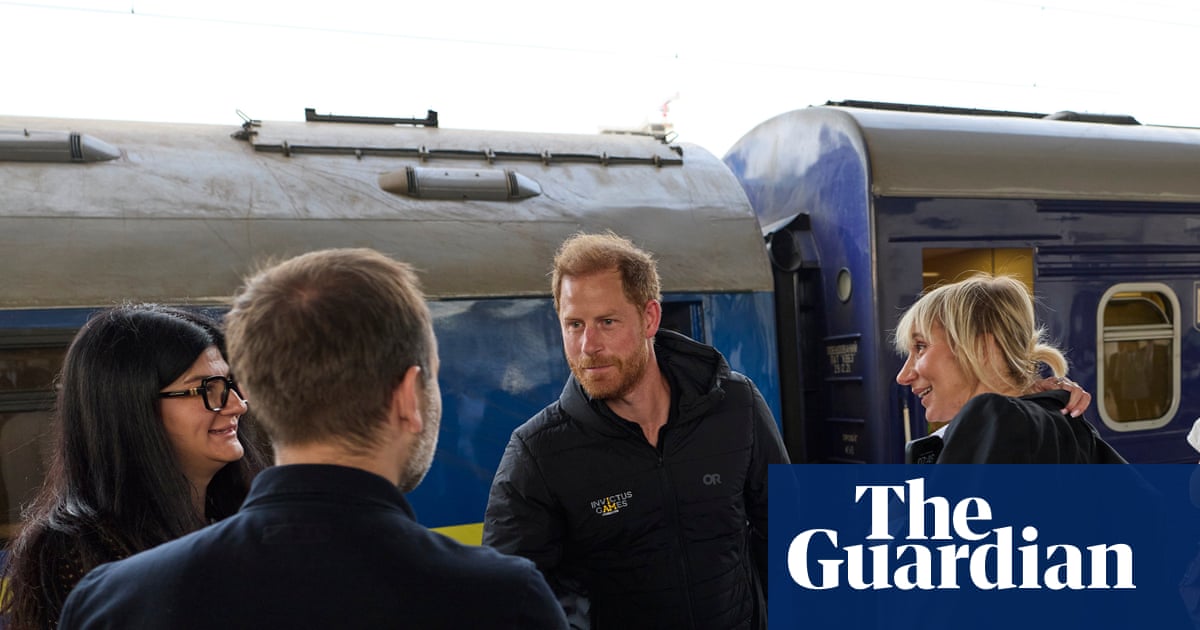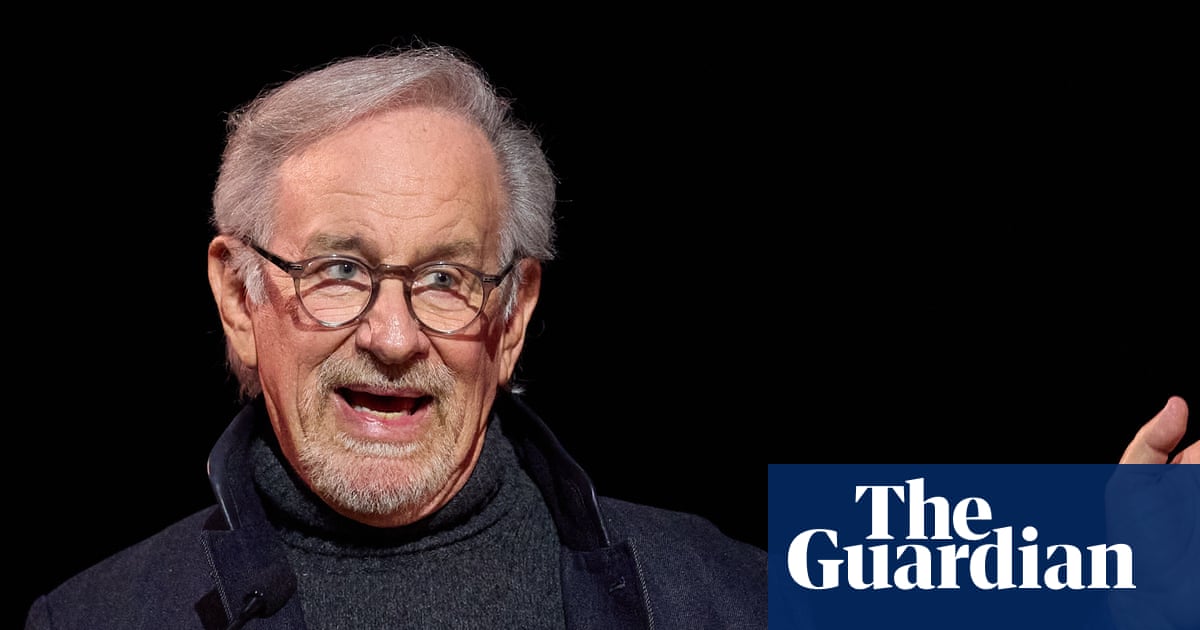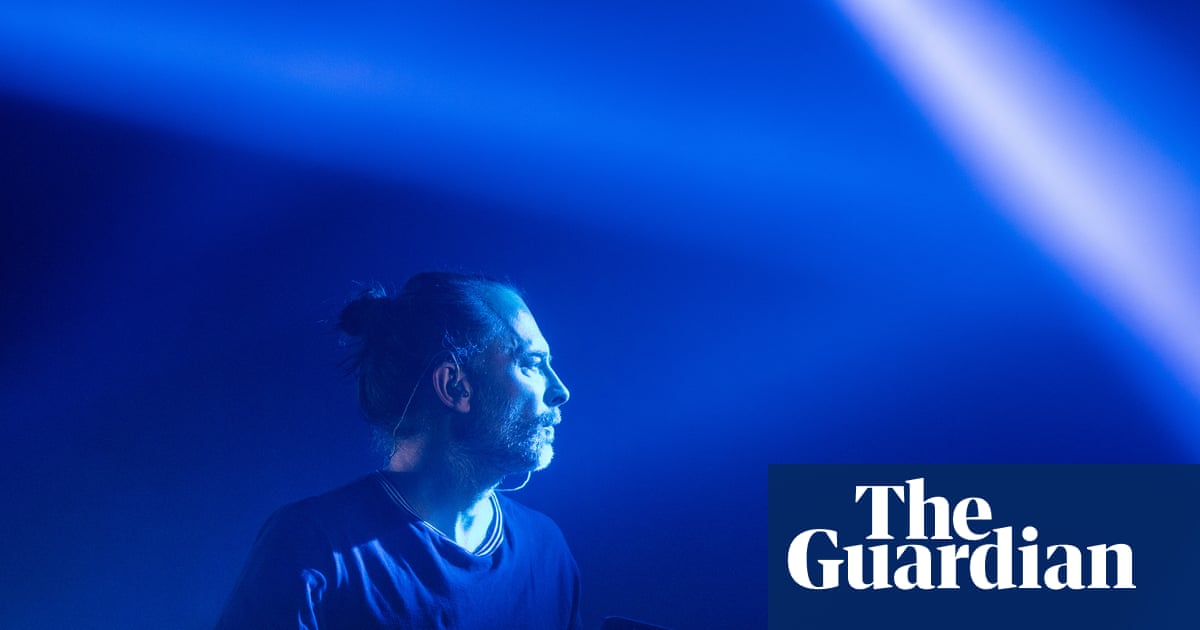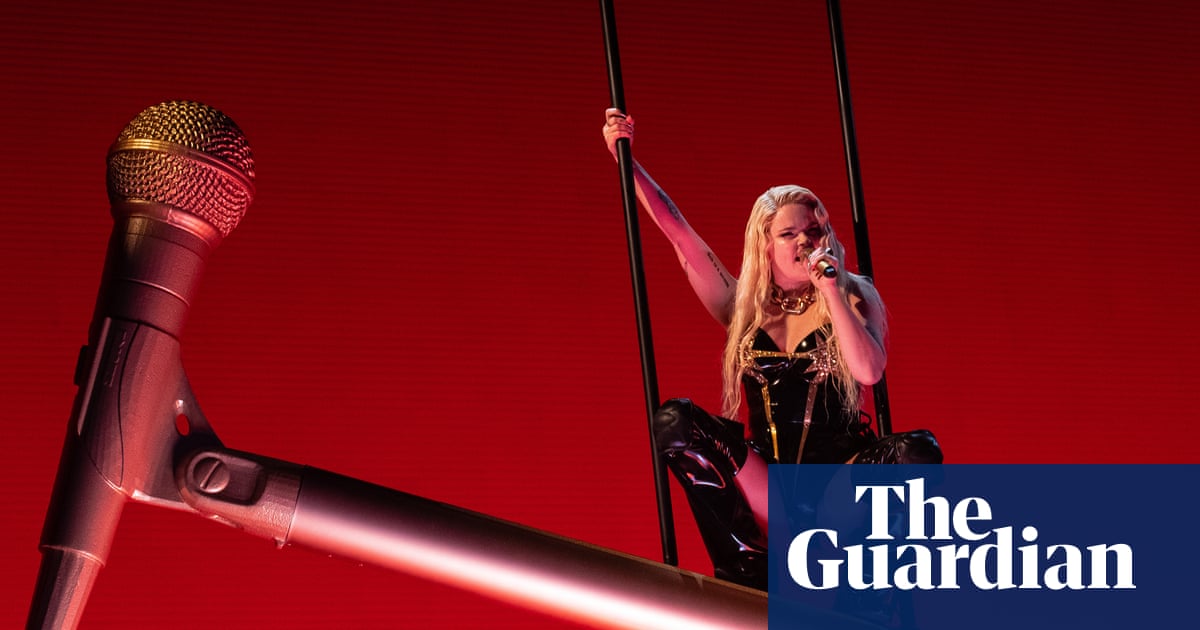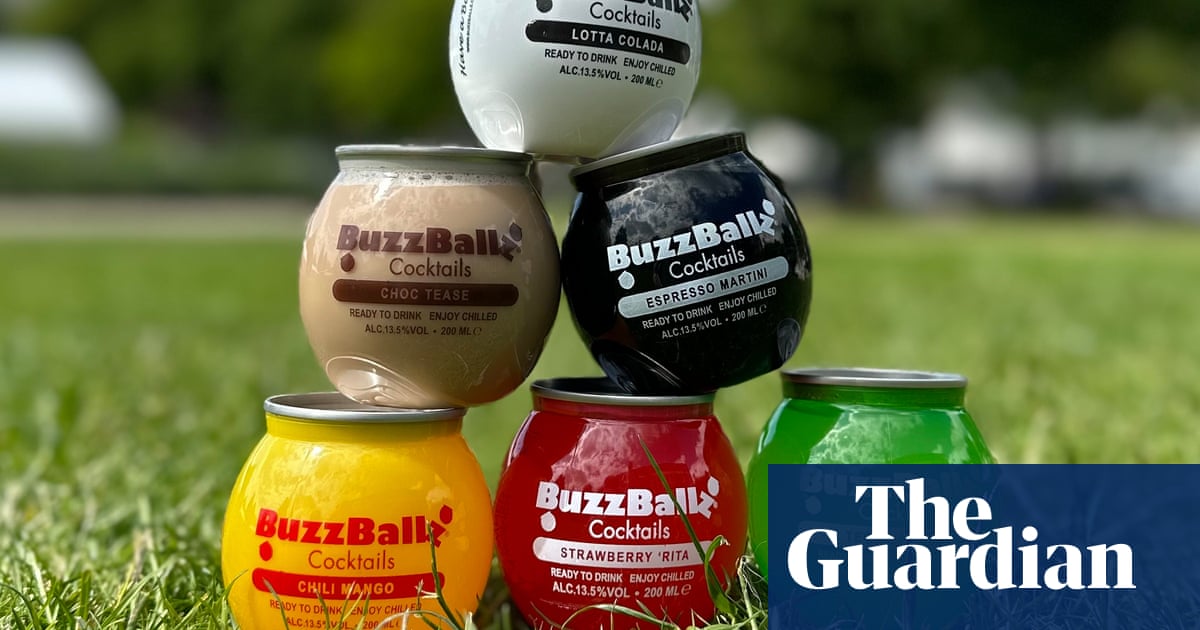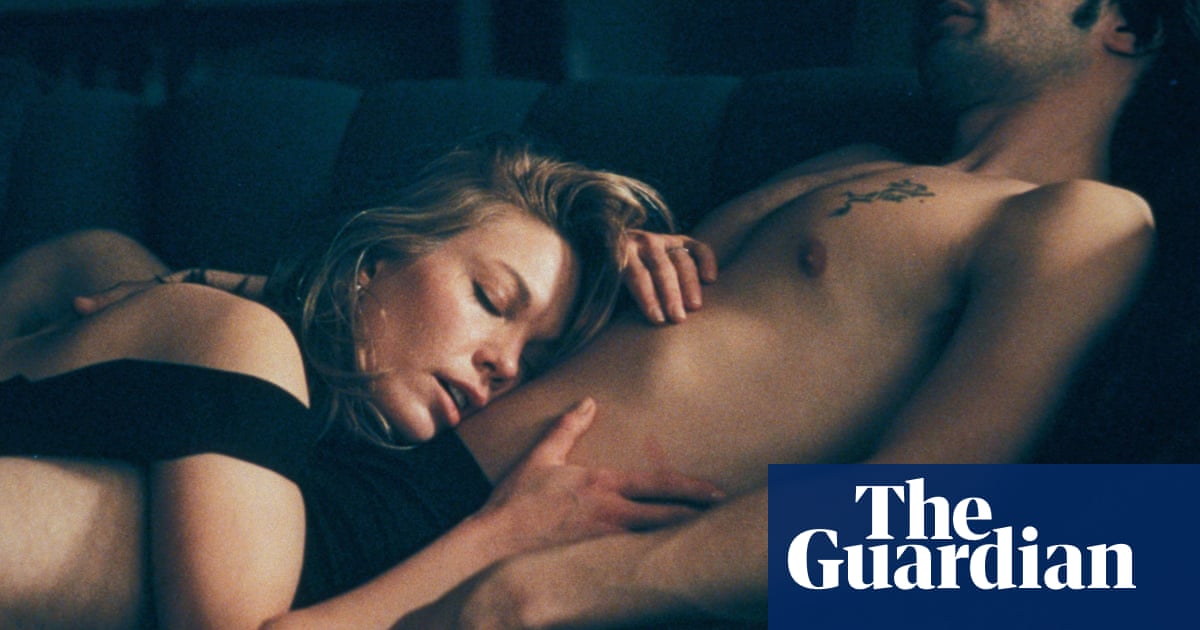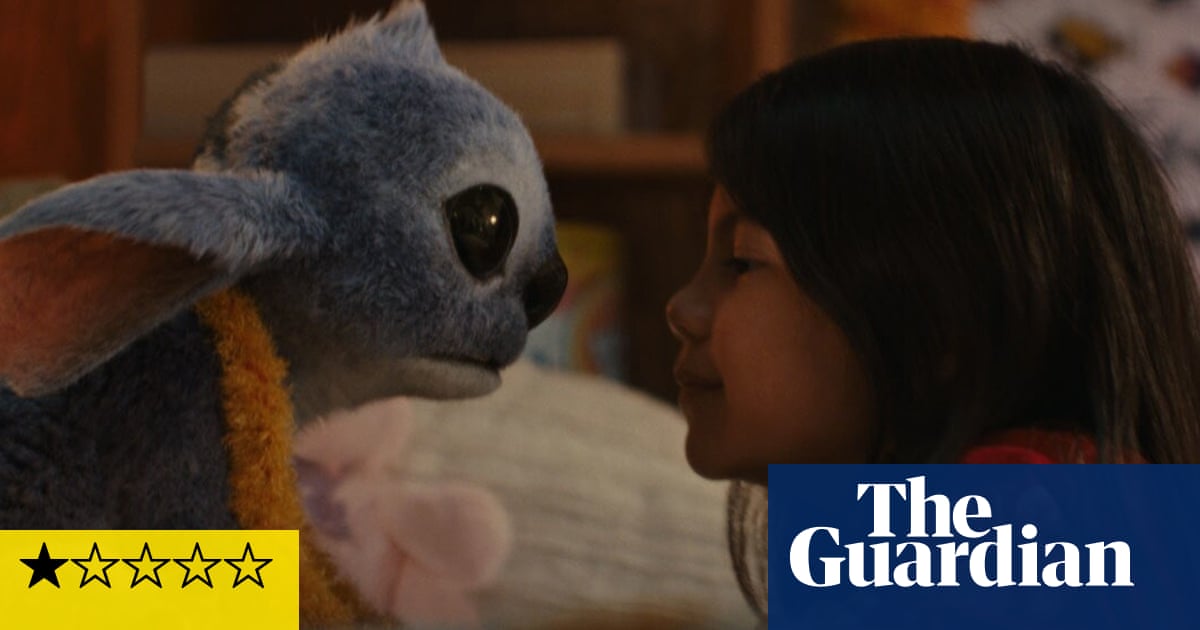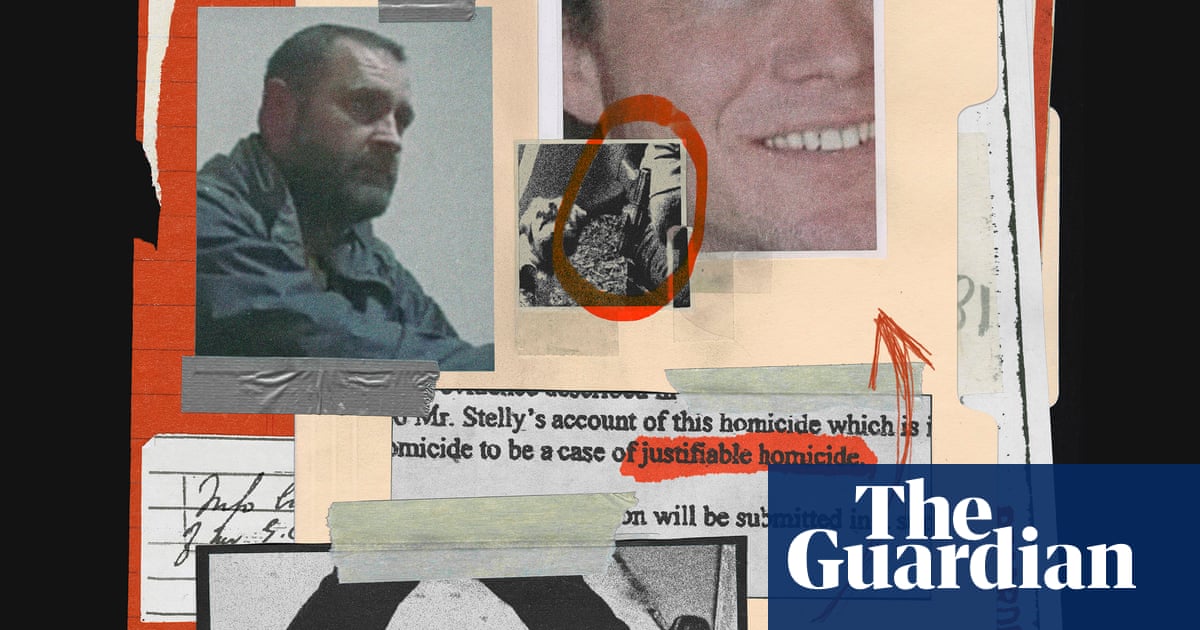‘Lewis Capaldi said to me recently: ‘All I ever wanted was to get my name on the steps at King Tut’s,’” says Judith Atkinson, one half of the couple behind the music venue that has long been where Glaswegians find their new favourite band.
Celebrating 35 years this year, King Tut’s Wah Wah Hut was where Oasis were discovered by Alan McGee and soon signed to his record label Creation. The Verve and Radiohead played in the same two-week period as that gig in 1993, while Manic Street Preachers, Florence + the Machine and entire scenes of Scottish alternative music have got a leg up there since. “When I was growing up you didn’t dream about playing Glastonbury – but you dream about playing King Tut’s, the thing that’s within your reach,” says Scottish singer-songwriter KT Tunstall. “It’s such a big deal.”
Small music venues like this have been in crisis since the pandemic due to rising costs for rent and utilities – according to the Music Venue Trust, 125 grassroots venues permanently closed in 2023, the worst year on record, followed by another 25 in 2024. And yet, thanks in part to a live music empire the owners have built around it, King Tut’s is thriving, despite only having space for 300 people.

Stuart Clumpas, who founded the venue in 1990 alongside his wife Atkinson, reckons it has something to do with Glasgow’s dismal climate. “Scotland is an indoor entertainment society because of the weather,” he says. “The only way to go, ‘Hey I’m going to go out for a night’ and be guaranteed it’s going to happen and work is to go to something indoors.”
He remembers that fabled Oasis night, when the band drove from Manchester to try their luck and play an already-filled support slot. From the bouncer almost not letting them in, to venue staff refusing to let them perform, each story is different. Clumpas sets the record straight: “It was another support band who said they can’t play, not us,” he says. “They went, ‘Fuck off, it’s too small a stage.’ You can’t put three drumkits on the stage the size of King Tut’s.” But Oasis did manage to perform, and the rest is history.
Another legendary band would never have been booked, though, if it was up to Atkinson and not venue booker Geoff Ellis. “He kept booking this band called Radiohead and they only ever did 150 people,” Atkinson says, “I remember saying to him: ‘Why do you keep booking that bloody Radiohead, Geoff?’ That’s why I’m not a booker!”
But Atkinson’s experience in promoting gigs meant she was well placed to spot local up and coming artists, including future indie legends Belle and Sebastian. “They used to come in a lot and hang out,” she says, and the band once struck up an impromptu live set in the pub area below the main venue. “They were playing Boy With the Arab Strap and the whole pub was sitting at their tables jiggling to this song. I just went: wow, we’re in a scene!”
Blur got much shorter shrift. “I do like Blur now, I’m very fond of them. But they played King Tut’s when they’d been tipped to be the next big thing. They were so obnoxious because they were on the front cover of all the magazines that week – they were so full of it. I was only in my mid-20s but I was able to be like, ‘Guys, you’re going to meet the same people on the way down as the way up.’ They came back and played about six months later and their tail was between their legs. God, they were polite.”
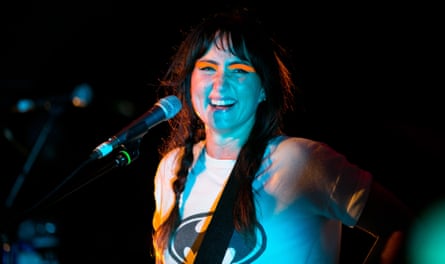
When you enter King Tut’s, history surrounds you. Downstairs in the pub the walls are adorned with memorabilia from gigs past, and on the stairs up to the venue each step shows an artist and the year they played. Tunstall has her name painted on the 2005 step next to Simple Minds, Arctic Monkeys and Texas. “It’s definitely one of the proudest notches on my belt,” she says.
That gig was around when her debut album Eye to the Telescope was released – the next year, she received three Brit nominations, winning for British female solo artist. She reckons the venue’s success comes down to the kind treatment she received from the owners, along with the sound quality. “Your job on stage is to just try and whip up that energy to the point where everybody feels extremely present and connected to each other, and at some venues it’s hard to do that,” she says. “But at King Tut’s, you’re halfway there already. Thank God they don’t freshly paint it every three years – it’s like all the energy is kind of soaked into the walls in that place.”
Another Scot, Nina Nesbitt, says “it feels like a moment when you go there” to play – her first time was in 2013, the year before her debut album Peroxide (a Scottish chart topper). “Touring at that [grassroots] level is really difficult mentally and physically,” she says. “You’re not really getting much sleep and you’re sitting in dressing rooms with no windows, and it’s quite depressing. The shows are amazing, but everything else is tough. Sometimes you don’t even have a dressing room.” But at King Tut’s, “they really do take care of their artists. They have a lovely little dressing room, I think they have fairy lights in it. Little things go a long way, and put you in a good mood for the show.”
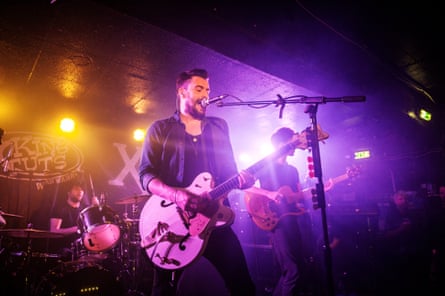
General manager Davie Millar says he is still visited by famous faces who have made it big since their King Tut’s debut. Liam Gallagher set the video for his single Come Back to Me at the venue – Millar has a cameo – and the 1975 “just popped in for a drink” recently. “There’s just a real vibe about the place. Bands like Manic Street Preachers and the Killers who played here many years ago, it’s a real privilege for them to say ‘yeah, we’d love to come back and play’.”
As well as its famous patrons, King Tut’s has benefited from being a small part of a much bigger operation. Clumpas, the founder, and Ellis, the booker, founded Scottish festival T in the Park in 1994 as a joint venture between DF Concerts – Clumpas’s entertainment business he started in Dundee in the 80s – and Tennent’s Lager (it later became TRNSMT festival). After Ellis took over as chief executive of DF Concerts in 2001, Live Nation acquired a majority stake in 2008 – all of which means that King Tut’s has a financial security that is rare for a grassroots venue.
It’s also unique in that it doesn’t have outside promoters putting on their own gigs: all the booking are still done in house. Millar clearly sees all that as a privilege, too: “We’re just going to keep doing what we’re doing: continually finding artists, giving them a platform to be able to create and share their art.” He says the fundamentals won’t change – “People buy tickets because they love coming to live shows” – so what’s next? “Another 35 years. I truly believe that.”

 3 months ago
45
3 months ago
45


